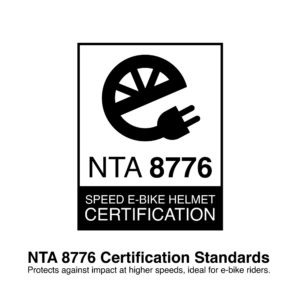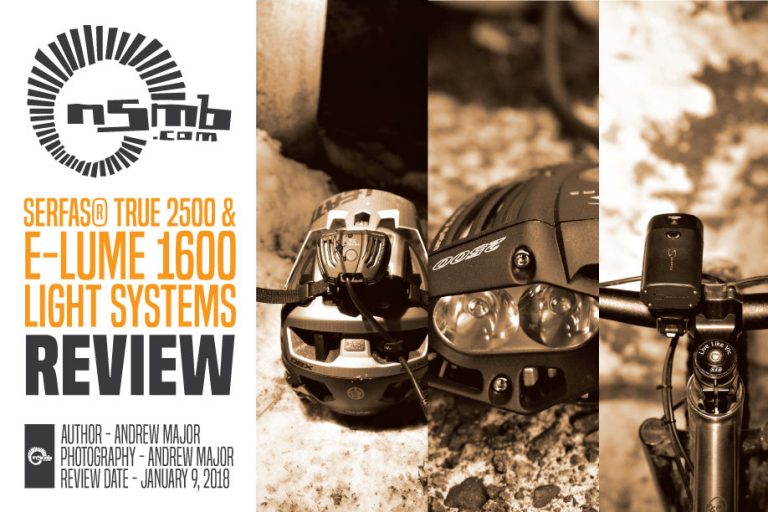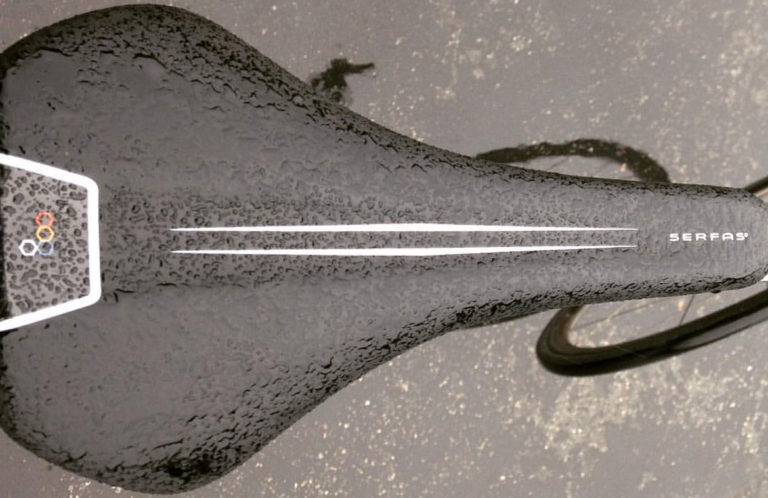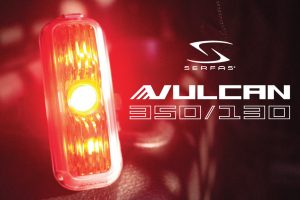NTA-8776 E-Bike Helmet Certification and Its Importance
Amidst a fast growing market of e-bikes it is increasingly important that rider safety remains a clear focus and priority. New e-bike specific helmet safety testing and institutionalized certifications (NTA-8776) have been created to help ensure safe e-bike rated helmet choices for riders in this burgeoning class of electrically assisted cycling.
Already there are quite a few types and classes of e-bike, those unfamiliar to e-bikes the basic definition is a bicycle with an integrated electric motor and battery powering it.
As with any bike, electrically powered or not, it is always crucial to wear a proper bicycle helmet and additional padding to protect yourself in the event of a fall or crash. With e-bikes safety is elevated to the next level because an e-bike can more easily sustain higher speeds than a traditional non-assisted bike, some even capable of electrically assisting speeds of up to 45 km/h (27.9 mph).
With e-bikes reaching higher speeds it is important to have a helmet rated for rider protection against potentially greater impact forces and with broader coverage of the head, and this is where NTA-8776 comes into play.
NTA-8776 E-Bike Helmet Certification
Official Source, NEN 1999-2019© – https://www.nen.nl/Standardization/Certification/SpeedPedelec-Helmet.htm
What is an NTA-8776 (speed pedelec) helmet?
A speed pedelec is a two-wheeled vehicle with auxiliary propulsion power, assisting the rider with pedalling up to a maximum of 45 km/h. According to the new EU directive (No 168/2013) on the approval and market surveillance of two- or three-wheel vehicles and quadricycles, the S-EPAC is classified as a moped.
Protection
“An NTA-8776 helmet is a helmet that complies with the requirements in the Dutch Technical Agreement (NTA) 8776. These requirements have been drafted by an international project group under the management of NEN. This helmet looks like a bicycle helmet, but protects against higher impact speeds and covers a larger part of the head.”
Drafting NTA 8776
In drafting the NTA, the project group made use of existing knowledge on head protection (a whole range of existing helmet standards, literature) and the results of tests performed on high-end bicycle helmets. Then, using EN 1078 as the base, the project group redefined its requirements towards the limits of the current technical possibilities in head protection. Next to the increased safety level, other important considerations in defining the requirements were that the helmet should be suitable for use in physical effort and should not impede the hearing ability of the S-EPAC user.
How do I recognize an NTA-8776 helmet?
To be permitted to place a S-EPAC helmet on the market and to be able to use it on public roads (in the Netherlands), the helmet has to contain a mark of approval which can be found in Annex B of NTA 8776. This mark of approval is tied to an accompanying certification process. The requirements for the certification process are written down in the NEN certification scheme NCS 8776. The mark of approval is to be found on (the right side of) this website, in Annex B of NTA 8776 and in NCS 8776. On the inside of the speed pedelec helmet only the text ‘NTA 8776’ is displayed. The full mark of approval is displayed on the packaging of the helmet and in the manual.
Where can I certify an NTA-8776 helmet?
Certification bodies that have a license agreement with NEN are qualified to certify NTA 8776 helmets. These are the VIAS Institure in Brussels, Belgium, Telefication in Zevenaar, the Netherlands and CSI in Bollate, Italy.















